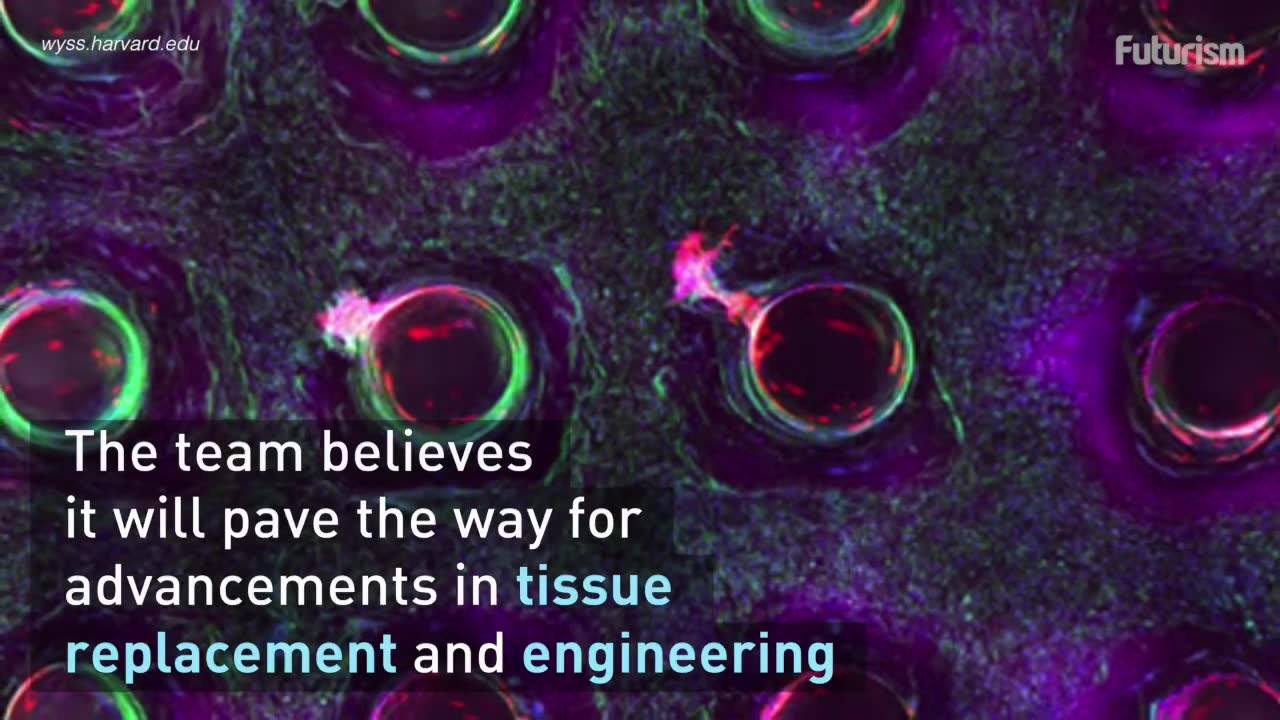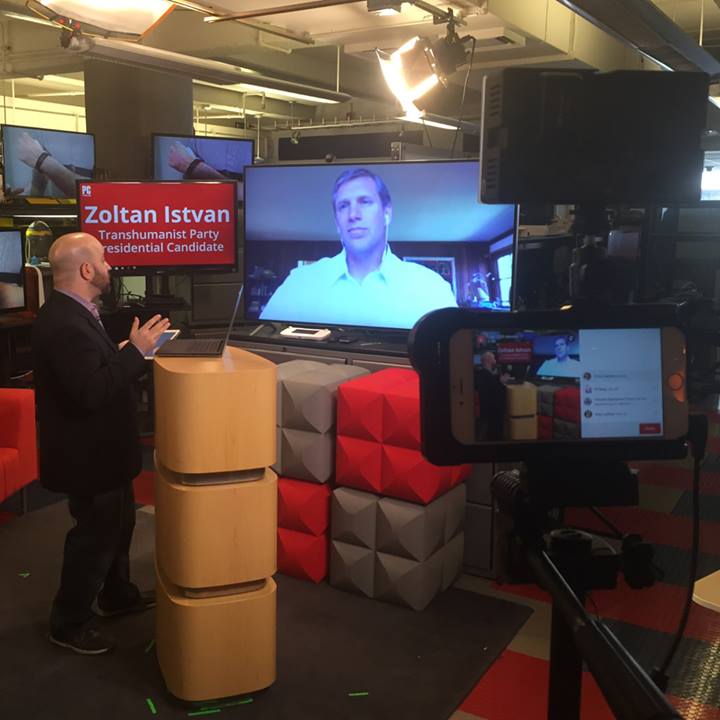Watch the video «BBC Horizon 2016 The Immortalist» uploaded by John Richards on Dailymotion.
We live in an era of accelerating change, when scientific and technological advancements are arriving rapidly. As a result, we are developing a new language to describe our civilisation as it evolves. Here are 20 terms and concepts that you’ll need to navigate our future.
Back in 2007 I put together a list of terms every self-respecting futurist should be familiar with. But now, some seven years later, it’s time for an update. I reached out to several futurists, asking them which terms or phrases have emerged or gained relevance since that time. These forward-looking thinkers provided me with some fascinating and provocative suggestions — some familiar to me, others completely new, and some a refinement of earlier conceptions. Here are their submissions, including a few of my own.
1. Co-veillance
In a bold but scientifically sound proposal, NASA-funded research has laid out a roadmap toward spacecraft with relativistic speeds for the exploration of nearby stars (Credit: NASA). View gallery (8 images)
How do you send man-made probes to a nearby star? According to NASA-funded research at the University of California, Santa Barbara (UCSB), the answer is simple: assemble a laser array the size of Manhattan in low Earth orbit, and use it to push tiny probes to 26 percent the speed of light. Though the endeavour may raise a few eyebrows, it relies on well-established science – and recent technological breakthroughs have put it within our reach.
A live interview on transhumanism for PC Mag, part of Facebook’s new live steam tech (a few glitches but still fun): https://www.facebook.com//videos/10154011436098396/
Evan Dashevsky — PCMag interviews Zoltan Istvan, Transhumanist Party presidential candidate.
ww3.sinaimg.cn
Posted in futurism
” “There is going to be a boom for design companies, because there’s going to be so much information people have to work through quickly,” said Diane B. Greene, the head of Google Compute Engine, one of the companies hoping to steer an A.I. boom. “Just teaching companies how to use A.I. will be a big business.” ”
(Phys.org)—One promising approach for scalable quantum computing is to use an all-optical architecture, in which the qubits are represented by photons and manipulated by mirrors and beam splitters. So far, researchers have demonstrated this method, called Linear Optical Quantum Computing, on a very small scale by performing operations using just a few photons. In an attempt to scale up this method to larger numbers of photons, researchers in a new study have developed a way to fully integrate single-photon sources inside optical circuits, creating integrated quantum circuits that may allow for scalable optical quantum computation.
The researchers, Iman Esmaeil Zadeh, Ali W. Elshaari, and coauthors, have published a paper on the integrated quantum circuits in a recent issue of Nano Letters.
As the researchers explain, one of the biggest challenges facing the realization of an efficient Linear Optical Quantum Computing system is integrating several components that are usually incompatible with each other onto a single platform. These components include a single-photon source such as quantum dots; routing devices such as waveguides; devices for manipulating photons such as cavities, filters, and quantum gates; and single-photon detectors.









